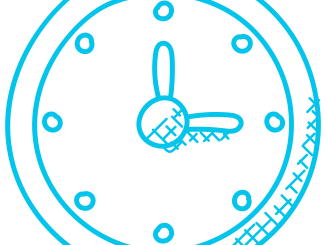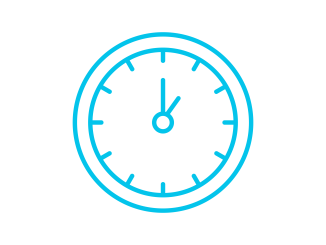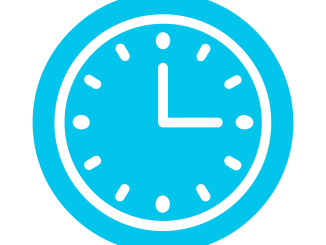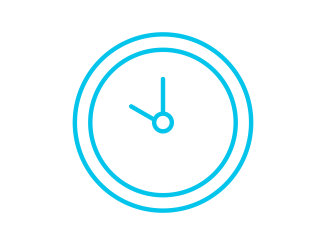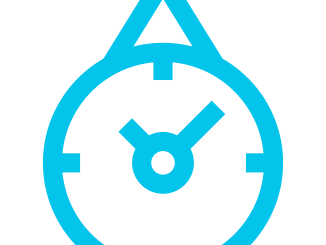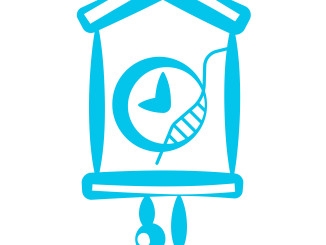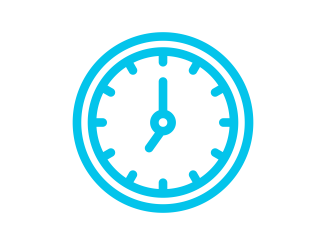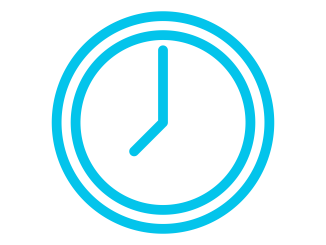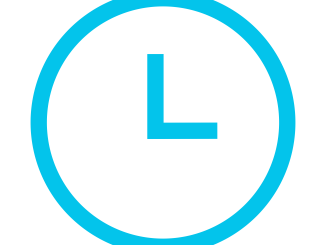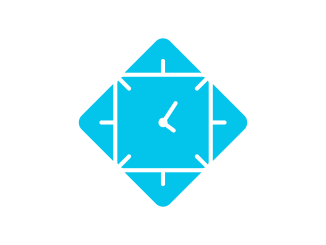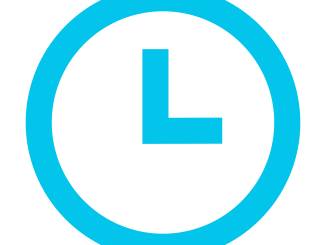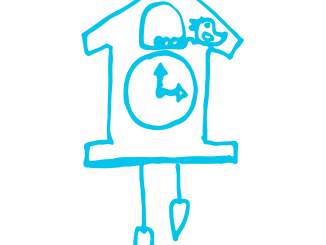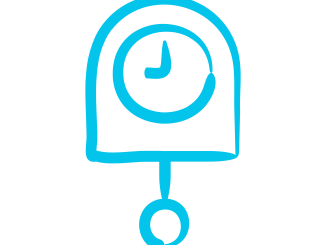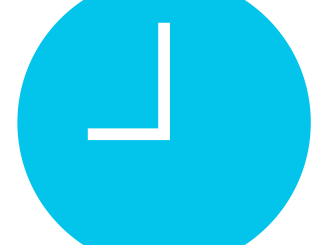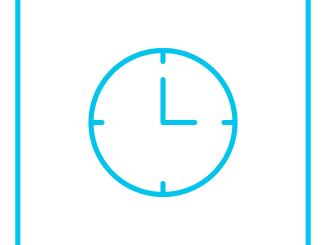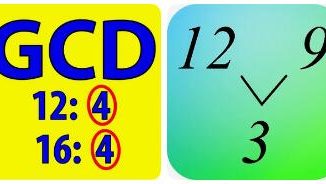A dictionary is a collection of words, usually listed alphabetically, with their meanings and often with additional information such as usage examples, etymologies, synonyms, antonyms and pronunciation. A dictionary can be paper-based or digital and can be used for both general reference and specific language study. It is an invaluable tool for students, writers, translators and anyone else who needs to know the meaning of words. A dictionary typically contains the following information for each word: its part of speech (e.g., noun, verb), definition(s), etymology (the origin of the word), synonyms (words that mean the same thing or have similar meanings) and antonyms (words that have opposite meanings). It may also include usage examples to show how the word is used in context. Other features may include phonetic transcription (a representation of how a word is pronounced) and regional variations. Dictionaries can help learners understand a language better by providing definitions for unfamiliar words, enabling them to broaden their vocabulary. They are also useful for understanding different forms of a single word; for example, a learner may look up ‘run’ in the dictionary to see that it has multiple definitions as both a verb and a noun. By looking at these definitions in more detail they can gain an understanding of how it is used in different contexts.

Geography of Cochise County, Arizona
Cochise County, located in the southeastern part of Arizona, is a region of diverse landscapes, rich history, and vibrant communities. From the rugged terrain of […]
